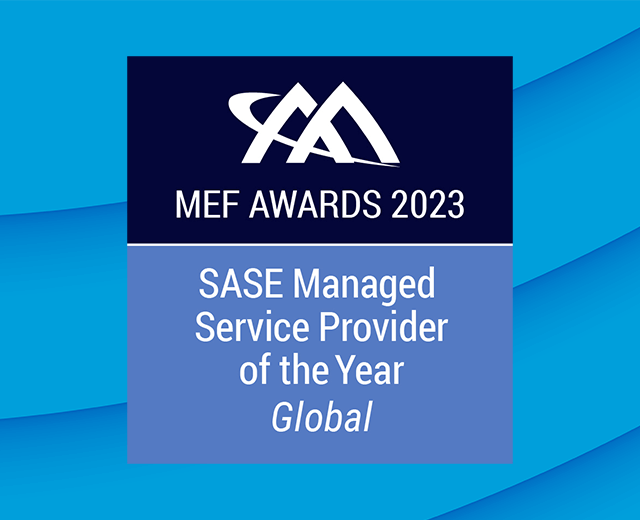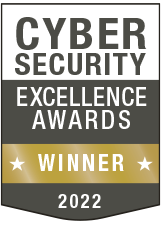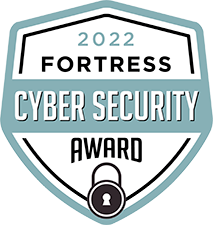Secure Access Service Edge
The future of network security, today
Secure access service edge (SASE) delivers business protection for the cloud era
Converge solutions into one powerful tool
Reduce complexity while increasing flexibility and protection
Cloud-based app protection
Extend — and simplify — your zero-trust cybersecurity approach across your entire network
Seamless digital transformation
Apply unified security policies across locations, users, and devices
Enhanced user experience
Provide consistent, high-quality access with reduced complexity
Unified security policies
SASE enables zero trust access to all authorized users
Centralize visibility across all locations
Manage data flows and set optimal delivery paths across any combination of network transport types for flexible deployment options and improved total cost of ownership.
SD-WAN elevates network traffic management — away from hardware and premises to next-generation software in the cloud.
Increase your agility, flexibility, and network performance, while exercising advanced cost control.
Protect your users — virtually anywhere
Provide consistent, unified protection for everyone who uses your network.
Our Cybersecurity lets you protect users from web-based threats, enforce your acceptable-use policies, and reduce data center appliances and operational overhead.
A secure web gateway enables inspection of encrypted web traffic, extending visibility into all active web-based apps, and enabling file scanning for sensitive information before it falls into the wrong hands.
Match the specific security needs of your network configuration
Eliminate internal firewall appliances and simplify your IT infrastructure by adopting FWaaS. It offers organizations a much more useful tool for securing data, keeping endpoints safe, and conducting security inspections.
FWaaS lets you manage security from a console, eliminating the need for issues like patch management and Layer 7/next-generation firewall policy issues.
Get visibility into cloud-based application usage
Address your cloud service risks, enforce security policies, and ensure compliance—even when cloud services are outside your direct control.
CASB effectively increases your visibility across both managed and unmanaged cloud servers, safeguards against costly data breaches by maintaining the regulations set by your industry, identifies malicious activity before it escalates, and enables you to scan and remediate threats across internal and external networks—in real time—when an employee tries to share or upload an infected file.
Gain access to applications — by role or user
Constantly inspect all network traffic with a single data loss prevention approach that protects your information, wherever it lives.
A modular, integrated architecture can support your digital transformation with rigorous security enforcement.
Our approach to ZTNA combines enhanced useability with an exceptionally strong, cloud-native architecture.
Reduce your IT burden
Look to our Cybersecurity for strategic and risk-driven managed services to help you plan and implement the security initiatives demanded by your digital transformation.
We offer technological expertise to help you defend your business with an assortment of the latest managed cybersecurity services and technologies for your environment.
With the attack surface constantly changing and cyberthreats always evolving, we can act as the trusted advisor to help your business stay current with the latest threats and compliance trends.
Get 24x7 monitoring and troubleshooting
We keep our eyes on your network so you can keep your mind on your enterprise.
As your Managed Security Service Provider we can help relieve the burden of day-to-day operations and the frustration of recruiting skilled cybersecurity specialists during a global skilled shortage.
Centralize visibility across all locations
Protect your users — virtually anywhere
Match the specific security needs of your network configuration
Get visibility into cloud-based application usage
Gain access to applications — by role or user
Reduce your IT burden
Get 24x7 monitoring and troubleshooting
Discover the benefits
Simplify security management with an approach that evolves with you
Secure everything
Our Cybersecurity secures you to the edge — wherever edge is
Reduce cost and complexity
Consolidate networking and security services, while reducing your hosted apps
Improve your experience
Access high-bandwidth circuits with prioritized mission-critical applications
Unify your approach
Adopt a unified strategy for your successful digital transformation
FAQs
You have questions? We have answers.
What is SASE?
The term ‘secure access service edge’ was coined in 2019 by a pair of analysts working for Gartner. As they described it, SASE uses a combination of technologies to combine wide area network and security controls as a cloud-based service that can be accessed directly rather than through a data center.
Why is SASE important for modern businesses?
SASE’s rapid rise in popularity is related to the growth of mobile, edge, and cloud computing in the enterprise, allowing users, applications, and data to move out of the enterprise data center to the cloud and network edge. Some of the primary benefits of SASE are: reduced complexity, consistently secure access, improved performance, and cost efficiency.
How does SASE integrate with SD-WAN?
While SD-WAN focuses on linking branch locations to an organization’s central network, SASE directs traffic via globally dispersed points of presence, eliminating the need to backhaul traffic through central data centers. While SASE accomplishes the same thing as SD-WAN, it adds additional layers of security, addresses the limitations of SD-WAN and takes into consideration rapidly evolving security needs.
What are the primary components of a SASE architecture?
Combining the SD-WAN with network security functions, SASE links all endpoints to the edge of an organization’s network, which is where it connects with the rest of the internet. Security is provided as a cloud service, using technologies such as cloud access security broker (CASB), firewall as a service (FWaaS), and secure web gateway (SWG). Instead of forwarding traffic to a control center for inspection and verification, SASE has points of presence throughout the network, so traffic can be sent to the nearest point, distributing the workload.
How does SASE support remote and/or mobile employees?
In short, SASE is both more efficient and more effective. The emergence and evolution of new technologies that live in the cloud, overall digital transformation, and edge computing, backhauling all traffic to a central data center has become inefficient and often unnecessary. SASE’s approach of providing secure connections on the service edge and verifying and directing traffic from points of presence solves the problem of inefficiency while bolstering security.
What are the benefits of adopting a SASE architecture?
Among the main benefits are: workload distribution through enforcement points; virtual connectivity, enabling the replacement of virtual private networks; replacement of agent software with less costly ways of deploying to branch locations; simultaneous management of connectivity and security; and improved support for edge computing and IoT devices. From a management basis, SASE offers both cost and efficiency improvements.
How does SASE differ from zero trust, and how do they work together?
Although they are both security frameworks that protect network infrastructure from threats, ZTNA is a core component of SASE rather than an equivalent approach to cybersecurity. While ZTNA provides a strategy for managing access and authorization controls for authenticated users, SASE is broader and more complex, offering more comprehensive network and security services, including zero trust. The most notable difference relates to scope: ZTNA focuses on providing access management and control, while SASE combines a number of network and security services — ZTNA among them — into a single solution.
What challenges does SASE address in the current IT landscape?
SASE answers a number of challenges, including: the need for implementing and delivering security services; saving costs by utilizing a single platform; reducing complexity by minimizing the number of standalone security products; increasing performance; threat prevention and data protection; and implementing an overall zero trust approach.
How does SASE improve the user experience and network performance?
From the user perspective, SASE can deliver improved performance — the result of distributing traffic between multiple network paths, which enables more efficient bandwidth usage. Overall network performance is improved through services such as load balancing and sharing.
Is SASE a product or service?
First and foremost, SASE is a method of integrating network connectivity with security. Gartner’s definition states: “SASE capabilities are delivered as a service based upon the identity of the entity, real-time context, enterprise security/compliance policies and continuous assessment of risk/trust throughout the sessions..."
Awards

2023 MEF Award

2022 Global InfoSec Award

2022 Cybersecurity Excellence Award
